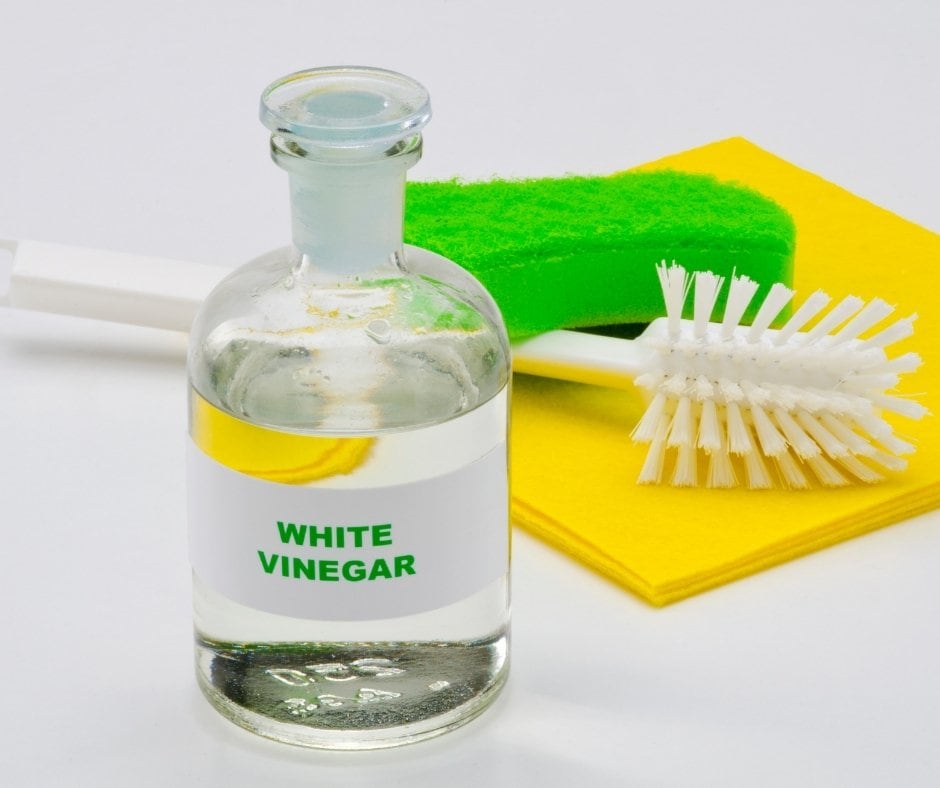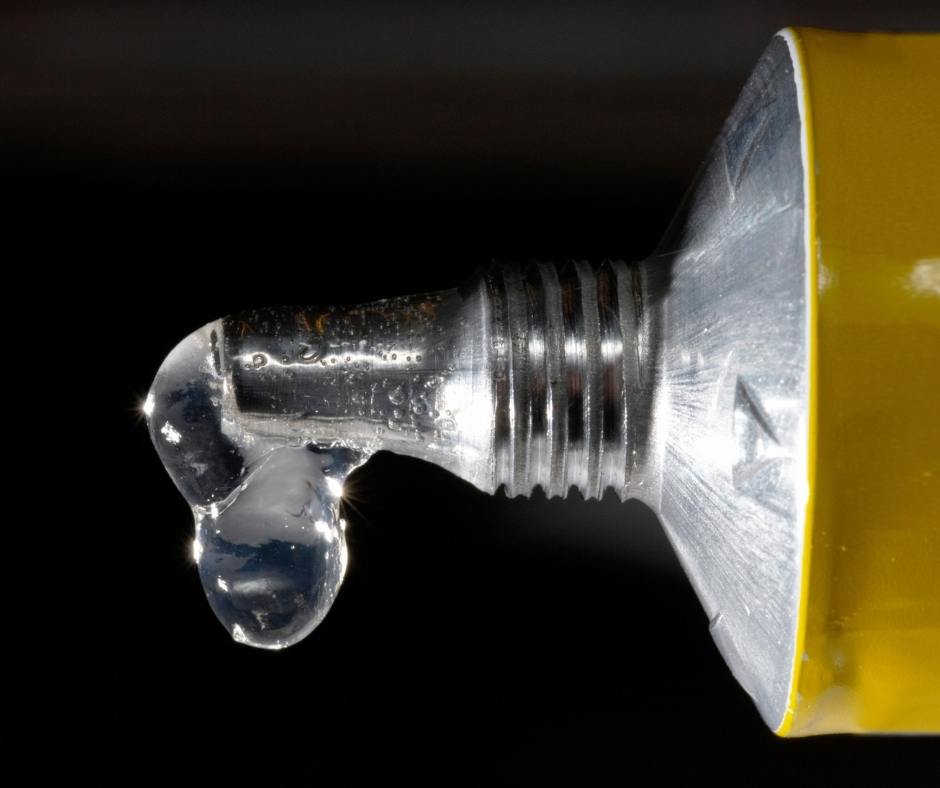When it comes to glue, to put a twist on an old saying what goes on must come off. It could be that you spilled some or used too much. It could also be that you just want to dissolve a bond. In this case, super glue and wood.
Super glue and other cyanoacrylates form fast, hard bonds and can prove especially difficult to remove. That is if you don’t know what to use and how to use it. If you know, it can still be something of a chore, but it’ll be easier.
We took a look at how to remove Super Glue from wood and wrote this article. We hope you find it useful and that you can apply what you learn from it to your day-to-day life.
In This Article We'll Discuss
How to Remove Super Glue From Wood (step-by-step guide)
Don’t expect removing super glue from wood to be a quick, painless process. Cyanoacrylates, the family of glues to which Super Glue belongs, are designed to create powerful bonds between two objects. It takes time to break them.
A good place to start is to see how much glue you need to remove. If there is quite a bit, you might want to give yourself a headstart by sanding it down. Because the basic technique to remove it means dissolving it, sanding away as much as possible can speed the job up.
We’d recommend high-grit sandpaper. Not only is it better for stripping away the fine particles of dried super glue, but if you happen to get to bare wood any inadvertent damage will be minimal. So, any sandpaper with 600-grit or higher would work well.
Once you have as much of it sanded away as possible, you can use your dissolving agent. You could also apply some heat to loosen up the remaining glue to make the job easier. Although you can use super glue on warm objects, it does dissolve at higher temperatures.
Applying heat to wood can have some awfully bad unintended consequences, the least of which is charring it. So, you can’t go nuts and use a blowtorch or other sources of direct, high-intensity flame. But a hairdryer will warm up your wood and super glue nicely. Just a few minutes is all you’ll need.
Then, you’ll need your choice of solvent on hand. There are a few ways to go with this.
Acetone is the best option to dissolve super glue. It’s actually designed to clean up glue and is great on weaker glues. It might not instantly dissolve super glue, but all things being equal, it’s the best option available.
One drawback is that it not only dissolves glue, it also dissolves paints and stains. If you want to use acetone around painted areas you don’t want to be scoured of paint, be sure to apply masking tape to them.
Otherwise, consider an alternative.
The other conventional cleaning product you can use is white vinegar. It isn’t as strong as acetone, but it also doesn’t come with issues related to removing paint and stains. Just don’t compensate for its relative weakness to acetone by using a lot more of it.
An all-natural solution is mayonnaise and orange peels. Mayonnaise contains certain oils that help break down adhesives. The citric acid in orange peels can, also. You can use these together or separate.
The technique for applying these is all the same. Either soak a rag or paper towel with acetone or white vinegar, and cover the glue with it. The mayonnaise you can apply directly to the glue.
Allow it to sit for 10-15 minutes and allow the solvent to work. Remove it and wipe it down.
Don’t be surprised if one application isn’t enough to clean up super glue. You might need to do several to finally get it all up, but it should eventually work.
How do You get Super Glue Off Wood Without Acetone?

Acetone is the easiest way to remove super glue from something, but it’s not always ideal. If there is paint, you run the risk of dissolving the paint, too. So, you want options.
You’re in luck.
White vinegar will dissolve super glue. Just don’t use a lot more to make up for the fact that it essentially acts as diluted acetone.
Cooking or baby oil also works. So does petroleum jelly, although be careful because it can leave a stain if not wiped up.
Does WD 40 Remove Super Glue?
WD-40 is well known for loosening rusted nuts and bolts and getting rust off bicycle chains. The same magic it works on those it can work on super glue.
For normal applications, just spray some on and let it sit for five minutes or so and the glue should come right up.
The big hesitation about using WD-40 on wood is that it can stain the wood. So, while it works, you might want to find a different way of getting it up.
How do You get Super Glue off Wood Floors?
If you’ve gotten super glue on your wood floors, the way to get it up will depend on whether the floor is finished. It is less complicated if the wood floor is unfinished because you won’t need to worry about damaging the finish.
For finished floors, use an acetone-based nail polish remover. It will slowly dissolve the super glue, so be patient. Dab on only enough to cover the super glue, as the acetone in the remover might damage the finish.
For unfinished floors, you can use regular acetone or white vinegar. You can use an oil-based remover like mayonnaise, cooking oil, or petroleum jelly, but be aware that these can leave stains on the wood. If improperly cleaned up, they might cause fall hazards, too.
Conclusion

The strength of a super glue bond might make it an intimidating thing to get off of wood. Add the risk of staining wood if you use something oil-based and you have the recipe for a household nightmare.
It doesn’t need to be so. With just a little knowledge and a simple technique, you can get super glue off wood without damaging or staining it.
We hope you found this article helpful. If you did, we’d love to hear so in a comment below. Or share it on your social media networks. You never know who else might need to know how to get super glue off wood.

